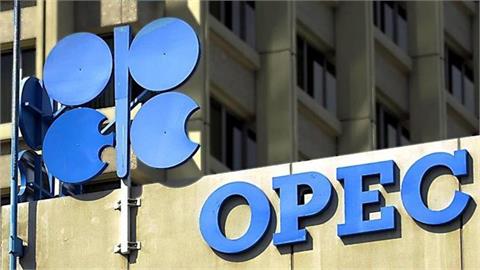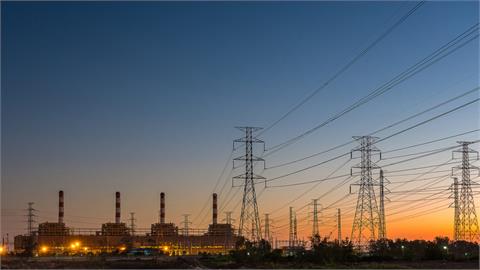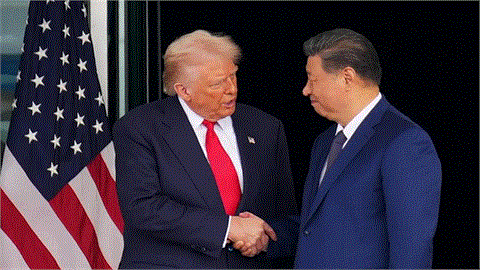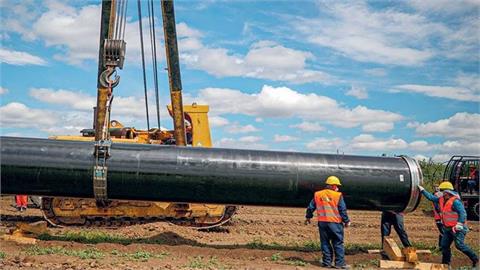2018 will be a crucial year for Serbia’s energy sector as 250 megawatts from renewable sources are to be connected to the grid. The same amount again will come online in 2019. EURACTIV Serbia reports.
The bulk of renewable energy in Serbia comes from wind power but solar energy is currently underutilised.
Serbia’s energy minister, Aleksandar Antić, said at an energy expo in Belgrade that the connection of large wind parks – 42 MW from Alibunar, 105 MW from Kovačica and a portion of the Čibuk wind park with a capacity of about 100 MW – is expected in 2018.
These wind parks are located in the northern Serbian province of Vojvodina.
Thanks to these new capacities, Serbia will approach its pledged objective of securing 27% of overall consumption from renewable energy sources by 2020. Green sources currently account for 23-24%.
In light of defining a new EU objective for energy from renewable sources for 2030, Antić said at the RENEXPO Water and Energy fair, taking place from 24 to 26 April, that Serbia "will be ready to respond to new energy challenges”.
He added that new projects are in preparation, primarily for small and large hydropower plants, but also a new action plan pertaining to solar and wind energy, biomass and geothermal springs.
But Serbia has nearly insignificant amounts of solar energy, even though it has great potential and despite the fact that the technology is developing at a fast pace.
"Serbia has not yet utilized the potential of solar energy for generating electricity and heat, even though it has more sunny days during the year than many countries that have for years been exploiting that energy source to a great extent,” RES Foundation Director Aleksandar Macura told news agency Beta at the fair.
Macura pointed out that in Serbia the production of electricity from solar energy had been promoted by feed-in tariffs but that they had been limited and quickly exhausted.
Now there are no new incentives, he added, and connecting small solar power plants to the power grid is expensive. "There are numerous obstacles to small facilities boasting two, five or 10 kilowatts of power, which can be installed, for example, on a roof,” said Macura.
He believes that Serbia should find a new way to boost that type of production, because the EU has also rejected the old method of giving more money for electricity from such renewable sources.
In the area of biomass, an announcement was made last month that 10 heating plants in Serbia would start using biomass instead of fossil fuel, thereby significantly helping to reduce pollution.
Antić also pointed out the importance of energy efficiency, which is being increasingly understood at local level, too. A third of public-private partnership contracts pertained to the replacement of public lighting and switching to LED technologies.
"The Serbian government’s priority is sustainable development, but so is the fight against climate change, in which the key tools are renewable energy sources and energy efficiency,” Antić added.
State Secretary at the Ministry of Environmental Protection Branislav Blažić said at the fair that the ministry was aware of Serbia’s environmental backwardness, but would not run away from challenges in the EU accession process.
He underscored that the model of public-private partnership would serve as the basis for solving problems in environmental protection and expressed gratitude for the EU’s help so far on the path to harmonization with EU legislation.
(www.euractiv.com, April 27, 2018)



